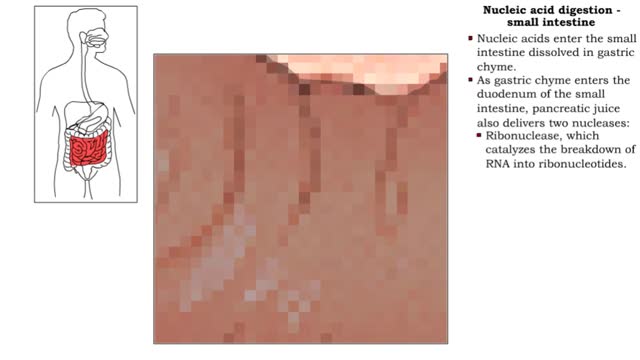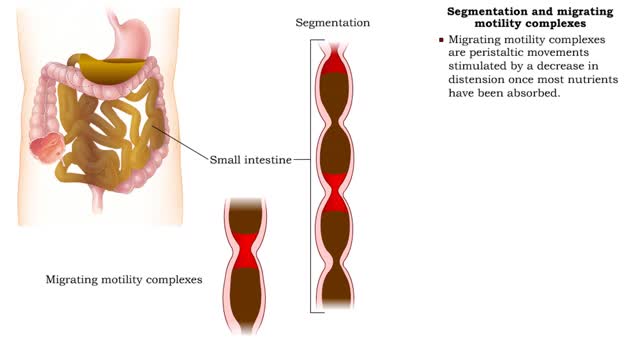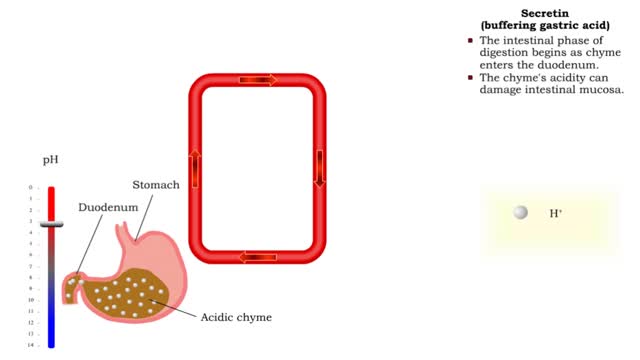Carbohydrate digestion - mouth and stomach & pancreas and small intestine
By: HWC
Date Uploaded: 02/03/2020
Tags: homeworkclinic.com Homework Clinic HWC Carbohydrate digestion glycogen Amylases Brush-border enzymes Maltose Maltotriose Alpha-dextrins duodenum
• Digestion of complex carbohydrates (starches and glycogen) involves: • Amylases produced by the salivary glands and pancreas. • Brush-border enzymes in small intestine. • In the mouth, amylase from the parotid and submandibular salivary glands begins carbohydrate digestion. • Salivary amylase converts starch and glycogen into the following products: • Maltose (disaccharide). • Maltotriose (trisaccharide). • Alpha-dextrins (starch fragments). • However, only a few starch or glycogen molecules are completely digested into maltose before they enter the small intestine. • The stomach's acidic pH destroys salivary amylase. • The pancreas secretes amylase into the duodenum. • In the small intestine, bicarbonate ions from pancreatic juice neutralizes gastric acid. • Amylase continues the breakdown of starches and glycogen into maltose, maltotriose, and alpha-dextrins. • Amylase does not act on cellulose, an indigestible plant fiber.
Add To
You must login to add videos to your playlists.
Advertisement












Comments
0 Comments total
Sign In to post comments.
No comments have been posted for this video yet.